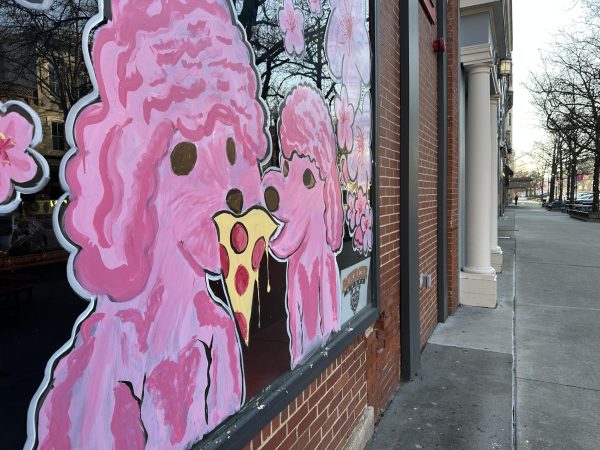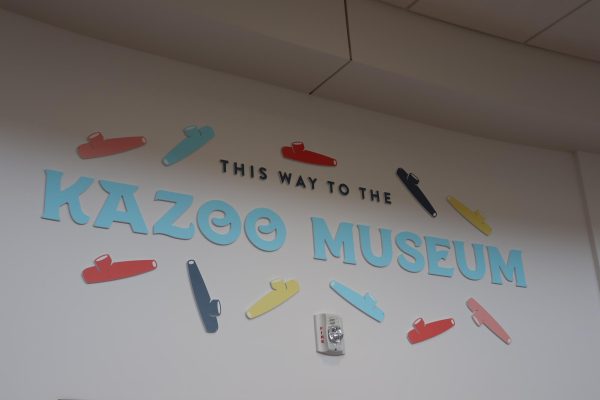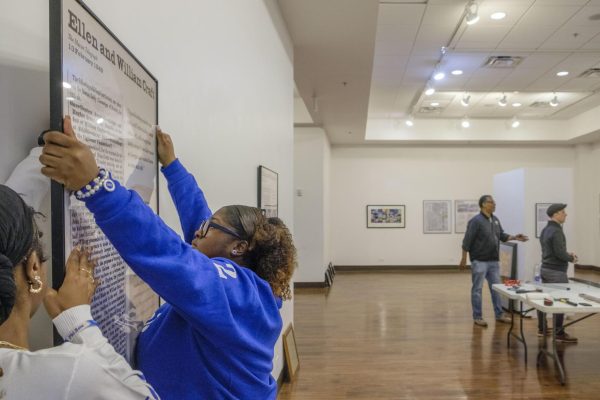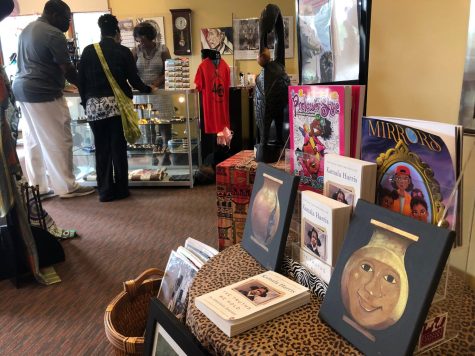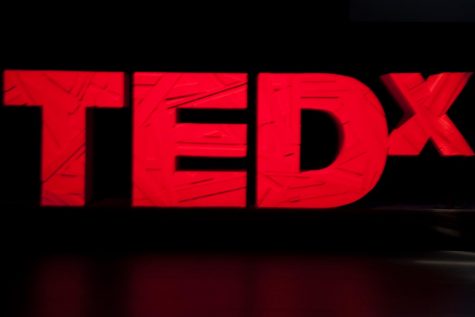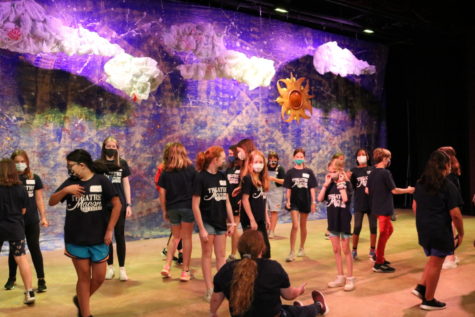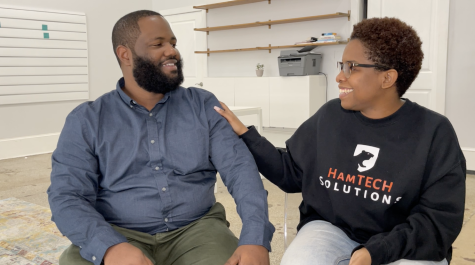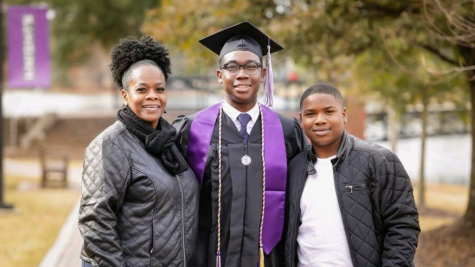Macon Music Presents: Mercer Music at Capricorn
Amyre Makupson:Thank you so much for watching Macon Music, we are on location today with Larry Brumley, he’s a senior vice president with Mercer University overseeing the rebirth of Capricorn recording studios. Larry, thanks so much for joining us.
Larry Brumley: Pleasure to be with you.
Amyre Makupson: So, tell us a little bit about why Mercer decided to get involved with this project.
Larry Brumley: Well, simply put, this project is about leveraging Macon’s music heritage to create Macon’s music future. We’re putting the historic Capricorn recording studios back into use as a music incubator to cultivate new talent, restoring the recording studios so they can record here, we’re putting in a museum that tells the story of Capricorn and Macon’s music history. And we think it’ll be an incredible complex that will will incubate and cultivate new talent.
Amyre Makupson: What we’re going to do now is go on a tour, and then we’ll talk more as we go through the building.
Larry Brumley: So this is where the Allman Brothers and Wet Willie and Marshall Tucker band andBonnie Bramlett and others recorded during the 70’s. And we really are not changing much of anything to this historic studio, we’re just bringing it up to code, upgrading the electrical H-VAC. But otherwise, the room will record pretty much as it did in the 70’s. So we’ll have two recording studios, we’re adding a second studio behind the control room that’s larger, that will be suitable for orchestral recording for film scoring, or for big, really big recording projects.
So this is the control room. And again, we’re not doing very much in this space other than upgrading the H-VAC and the electrical. We’re even going to retain those historic curtains, there’s a base trapped behind those curtains that helps with the sound in the control room. This space will be studio production support, there will be an editing suite in here and a couple of other additional vocal booth and audio booths for recording vocals. And so this will be production support for the studio.
We’re going to go over here. So they built these … I’ve heard them called echo chambers, reverb chambers. But they put amps down here and mic-ed them. You see that they’re lined with tile, and it created a reverb that was kind of the Southern rock signature. So we’re going to clean these up and plan to use these. With our analog recording capabilities that we’ll have people will be able to create that warm kind of sound that came out of Capricorn in the 70s. You know, nowadays of the digital recording, they recreate that sound digitally, but we’re going to be able to do it authentically. This was a workshop they had work benches, and you see one is still here, where they would work on their amps and their guitars and do repair work down here. Up until about two years ago, you could come down here and there was still equipment sitting on these benches, it’s like they just walked out of here and just left it all. You see some stickers still on the wall.
This will be studio B, a second studio that will be suitable for orchestral recordings and film film scoring. And so this is really what this project is about. This is about the incubator. There will be 13 rehearsal rooms in this building, first and second floor, that musicians will be able to rent out at very low cost. They’ll have 24-7 access to these rooms with card reader, they can come at two in the morning if they want to and rehearse and collaborate this building will be self contained. But this is where we hope new talent will be incubated for making maybe the next Allman Brothers or Otis Redding will come out of this space.
So you have, I think, seven, six or seven rehearsal rooms down here and you see their various sizes and shapes. So again, these rooms will have doors with card readers on them. We lock them like we do on campus and so we can program the doors for for musicians here in it and then come in here and card swipe in here and just hanging out here.
This is concrete cinderblock. Obviously, if the building burned down, the tapes would be preserved.
So this will be the main entrance to the whole complex. When visitors come here, they’ll come into this space. There’ll be a gift shop here, it’ll sell merchandise and all kinds of Capricorn related merchandise, t shirts and key chains, and things like that. There’ll be a small bar here that we will use for special events for like when we have concerts here. The space will be rentable, if people want have corporate events here, whatever will go to rent the space out. And so that’s what this space will be is kind of a receiving area. Then through this arched opening here, you can see into this studio B and that’ll be glassed in. So we actually see into the studio, studio B. Upstairs, where they’ve had to take the whole second floor out because the building burned many years ago and the floor boards weren’t stable so I had to take them all out and they’re re-flooring the second floor. But upstairs is where the museum will be. That’s where the artifacts and the the interactive kiosk will be. We’ve got this great beautiful arts window here to look out onto the courtyard for the law.
For more information about the grand opening of Capricorn, click here.




